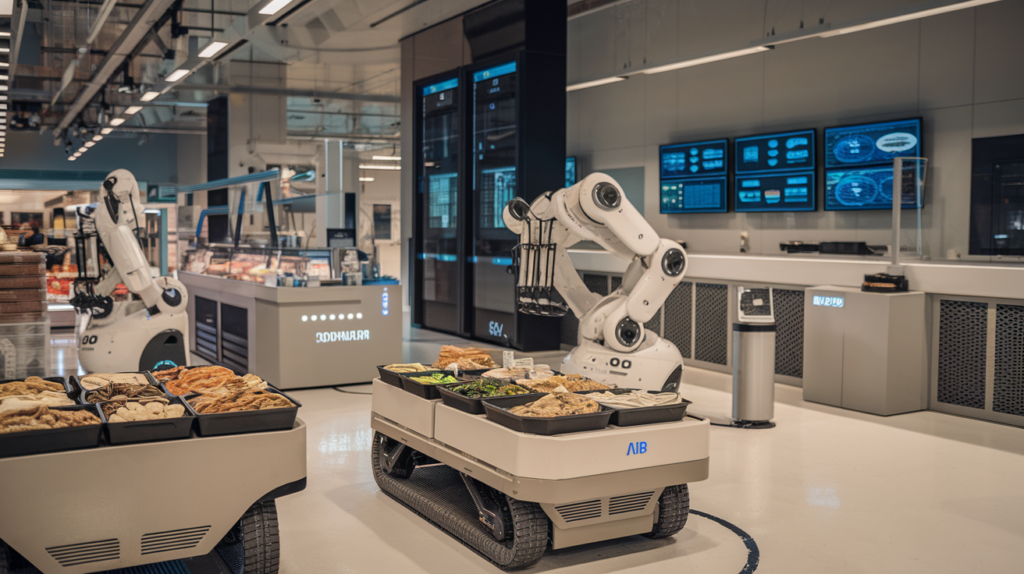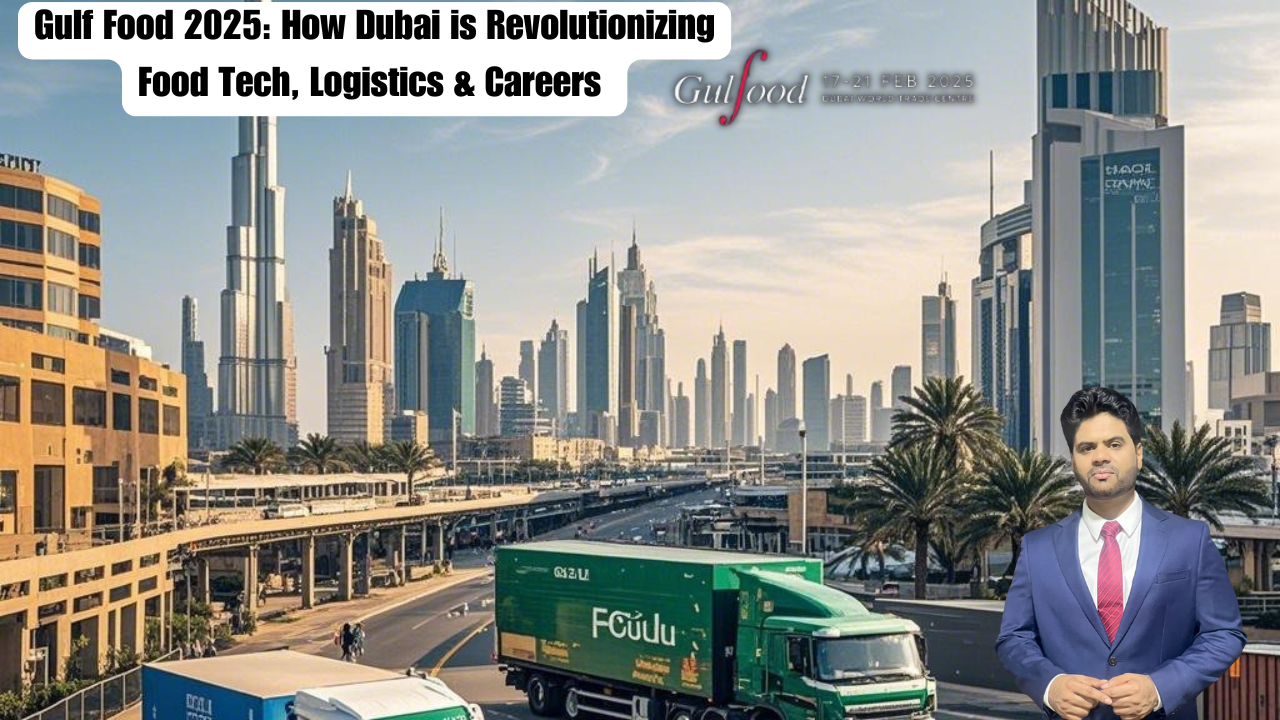In a bold move aimed at transforming food security, sustainability, and innovation, Gulf nations have announced a massive $2 billion investment in smart food technology by 2026. The Gulf Nations Smart Food Technology Investment initiative is a part of a larger regional effort to revolutionize agriculture, enhance food resilience, and reduce dependency on imports.
The investment signals a powerful and forward thinking strategy as the Gulf Cooperation Council countries — United Arab Emirates, Saudi Arabia, Qatar, Bahrain, Kuwait, and Oman — prepare to reshape their food sectors using cutting edge technology. The Gulf Nations Smart Food Technology Investment plan will support agri tech startups, vertical farming, AI powered supply chains, and smart irrigation systems over the next two years.
This announcement has been welcomed with optimism across both the public and private sectors, as it promises economic growth, innovation, and greater regional food independence.
Why Gulf Nations Are Betting on Smart Food Technology

The Gulf region, known for its arid climate and limited arable land, has long relied on food imports. Over 85 percent of the region’s food is imported, making it vulnerable to global supply chain disruptions. The Gulf Nations Smart Food Technology Investment is a strategic response to these challenges, aiming to reduce this dependency while promoting self sufficiency.
Smart food technologies such as hydroponics, aquaponics, vertical farming, AI based crop monitoring, and blockchain backed supply chains will be a core part of the transformation. By adopting these technologies, Gulf countries hope to increase food production while using significantly less water and land.
Key Goals of the $2 Billion Investment
The Gulf Nations Smart Food Technology Investment focuses on the following objectives:
- Promote Sustainable Agriculture
Traditional farming is not viable in most Gulf regions due to water scarcity and high temperatures. The investment will support sustainable farming methods that use up to 90 percent less water and grow crops in controlled indoor environments. - Encourage Local Food Production
Boosting domestic food output is essential for long term food resilience. Through smart greenhouses and indoor farming, the Gulf aims to reduce food imports by at least 20 percent by 2026. - Empower Agri Tech Startups
The initiative will fund local and international startups in smart farming, AI agriculture, and food robotics. These startups will receive support through innovation hubs, incubators, and partnerships with universities. - Modernize Food Supply Chains
A key component of the investment includes digitizing supply chains using blockchain and IoT. This will reduce food waste, track food quality, and optimize logistics in real time. - Tackle Climate Challenges
Smart farming technologies will help Gulf nations adapt to climate change, ensuring food production remains stable despite rising temperatures and decreasing rainfall.
Leading Countries Driving the Initiative
United Arab Emirates
The UAE has already begun transforming its food ecosystem through initiatives like the Food Tech Valley in Dubai. It is also home to several vertical farming projects and plans to double its smart food output by 2026.
Saudi Arabia
With its Vision 2030 program, Saudi Arabia is investing heavily in smart agriculture. The country has allocated a significant share of the Gulf Nations Smart Food Technology Investment to develop precision farming and AI driven food supply systems.
Qatar
Qatar aims to become a regional leader in food tech by supporting innovation labs and food robotics. The country is also investing in climate resilient crop research.
Economic and Job Impact
The $2 billion Gulf Nations Smart Food Technology Investment is expected to generate over 20000 jobs in the food tech and agri tech sectors by 2026. These roles will span technology development, farm operations, research, logistics, and analytics.
Moreover, this investment is set to boost the startup ecosystem across the region. Incubators and venture capitalists are already showing interest in partnering with local governments to scale food tech innovations.
International Collaboration and Technology Transfer
The Gulf Nations Smart Food Technology Investment plan is not limited to regional players. The GCC countries are actively seeking partnerships with countries like the Netherlands, Israel, and Singapore, known for their excellence in agricultural technology.
Technology transfer agreements, research collaboration, and joint ventures are being encouraged to bring the world’s best practices to the Gulf region.
Challenges and Roadblocks

While the investment marks a positive step, experts caution that execution is key. Infrastructure readiness, skilled workforce availability, and regulatory clarity are some of the issues that need urgent attention.
There is also concern about the high energy usage of indoor farming systems. However, the integration of renewable energy sources such as solar and wind is expected to offset much of this consumption.
What This Means for Food Security
The Gulf Nations Smart Food Technology Investment is a long term strategy that goes beyond 2026. It lays the foundation for a food secure future where innovation meets sustainability. With the right partnerships and consistent execution, the Gulf can become a global leader in smart agriculture.
The plan also sets an example for other arid regions facing similar food security threats. It demonstrates how high tech, sustainable farming can flourish even in challenging environments.
The Road Ahead
As the Gulf Nations Smart Food Technology Investment moves forward, key milestones are expected to be achieved in phases. By the end of 2025, pilot smart farms will be operational in all six GCC nations. By 2026, regional food output is expected to increase by 15 to 20 percent.
Governments are also planning large scale public awareness campaigns to educate citizens and encourage local consumption of smart farmed products.
The success of this $2 billion plan could change how the world views agriculture in the Middle East. It is not just a regional priority it is a vision for the future of food.
Also Read – Rising Food Prices Threaten Gulf Stability as Inflation Hits 15% in 2025



